Golden Korean Fir Care – Learn About Golden Korean Fir Trees In Gardens
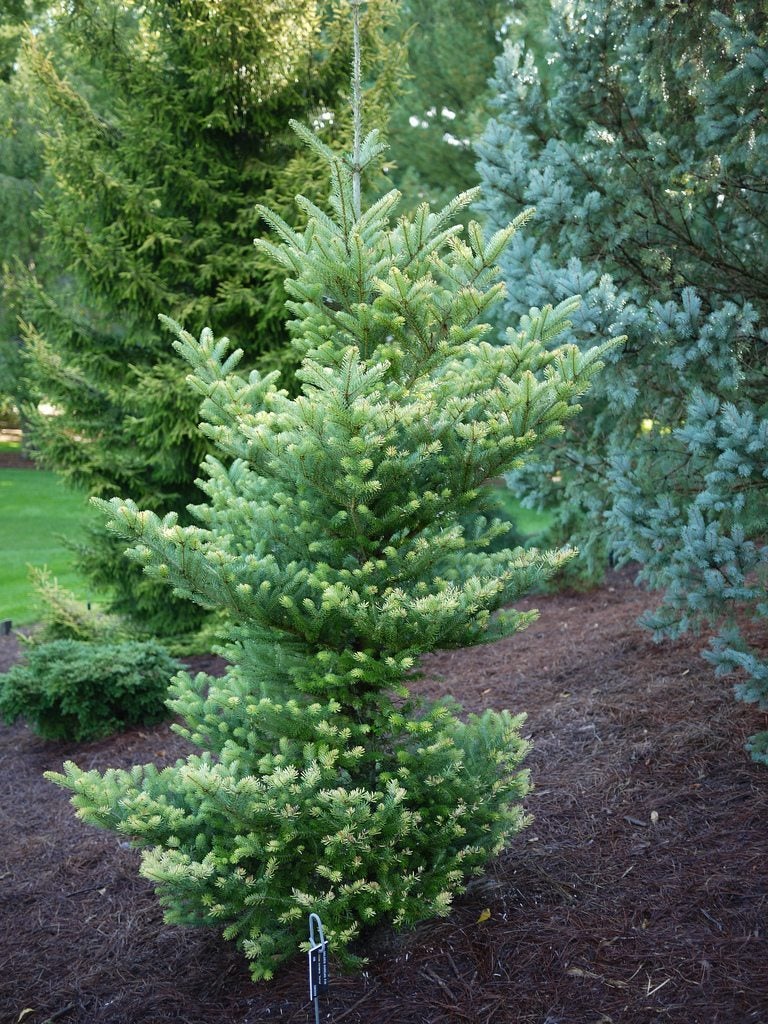

Golden Korean fir trees are compact evergreens known for their remarkable and attractive chartreuse foliage. The cultivar’s irregular spreading form is eye-catching, making the tree an excellent focal point in a garden. For Golden Korean fir information, including tips on growing a Golden Korean fir, read on.
Golden Korean Fir Information
Golden Korean fir trees (Abies koreana 'Aurea') are slow-growing conifers with truly beautiful foliage. The needles grow in golden, then mature into chartreuse. They remain chartreuse throughout the winter. Another colorful feature of the trees is the fruit that appears as cones. When these are immature, they are a deep violet-purple. As they mature, they lighten into tan. Golden Korean fir trees are not for every setting. They are artistic in appearance and somewhat unusual both in color and in growth habit. A Golden Korean fir can start out with a horizontal habit, then develop a central leader at a later point. Some grow into regular pyramid shapes as they mature. Expect your Golden Korean fir trees to stay at 20 feet (6 m.) or under in height, with a spread of around 13 feet (4 m.). They can be planted under electric lines without worry since they grow very slowly. They can live for up to 60 years.
Growing Golden Korean Fir Trees
If you are ready to start growing Golden Korean fir trees, you need to know that this cultivar thrives in USDA plant hardiness zones 5 to 8. The trees need a sunny or partly sunny location. These trees prefer organically rich soil that is well-draining and acidic. Golden Korean firs are not good for inner cities or street placements since they are intolerant of urban pollution. Once you get your tree planted, you’ll need to know about Golden Korean fir care. The trees are relatively easy to care for and require little maintenance, especially if planted in a wind-protected area. You’ll have to provide occasional water for these firs, especially in hot, dry weather. If you love in a chilly area or the tree is planted in an exposed location, apply a thick mulch around the root zone in winter.
Gardening tips, videos, info and more delivered right to your inbox!
Sign up for the Gardening Know How newsletter today and receive a free copy of our e-book "How to Grow Delicious Tomatoes".

Teo Spengler is a master gardener and a docent at the San Francisco Botanical Garden, where she hosts public tours. She has studied horticulture and written about nature, trees, plants, and gardening for more than two decades. Her extended family includes some 30 houseplants and hundreds of outdoor plants, including 250 trees, which are her main passion. Spengler currently splits her life between San Francisco and the French Basque Country, though she was raised in Alaska, giving her experience of gardening in a range of climates.
-
 Try The Trend – Turn Any Bed Into A Keyhole Garden With This Clever In-Ground Composter
Try The Trend – Turn Any Bed Into A Keyhole Garden With This Clever In-Ground ComposterKeyhole gardening is an efficient and sustainable practice that saves space. Get started on this DIY project quickly and easily with an in-ground composter.
By Bonnie L. Grant
-
 4 Superfast Composting Methods: Turn Waste Into Garden Gold In 30 Days Or Less
4 Superfast Composting Methods: Turn Waste Into Garden Gold In 30 Days Or LessTry the fastest composting methods to turbocharge your pile and transform kitchen scraps and garden waste into finished compost in just a few weeks.
By Mary Ellen Ellis
-
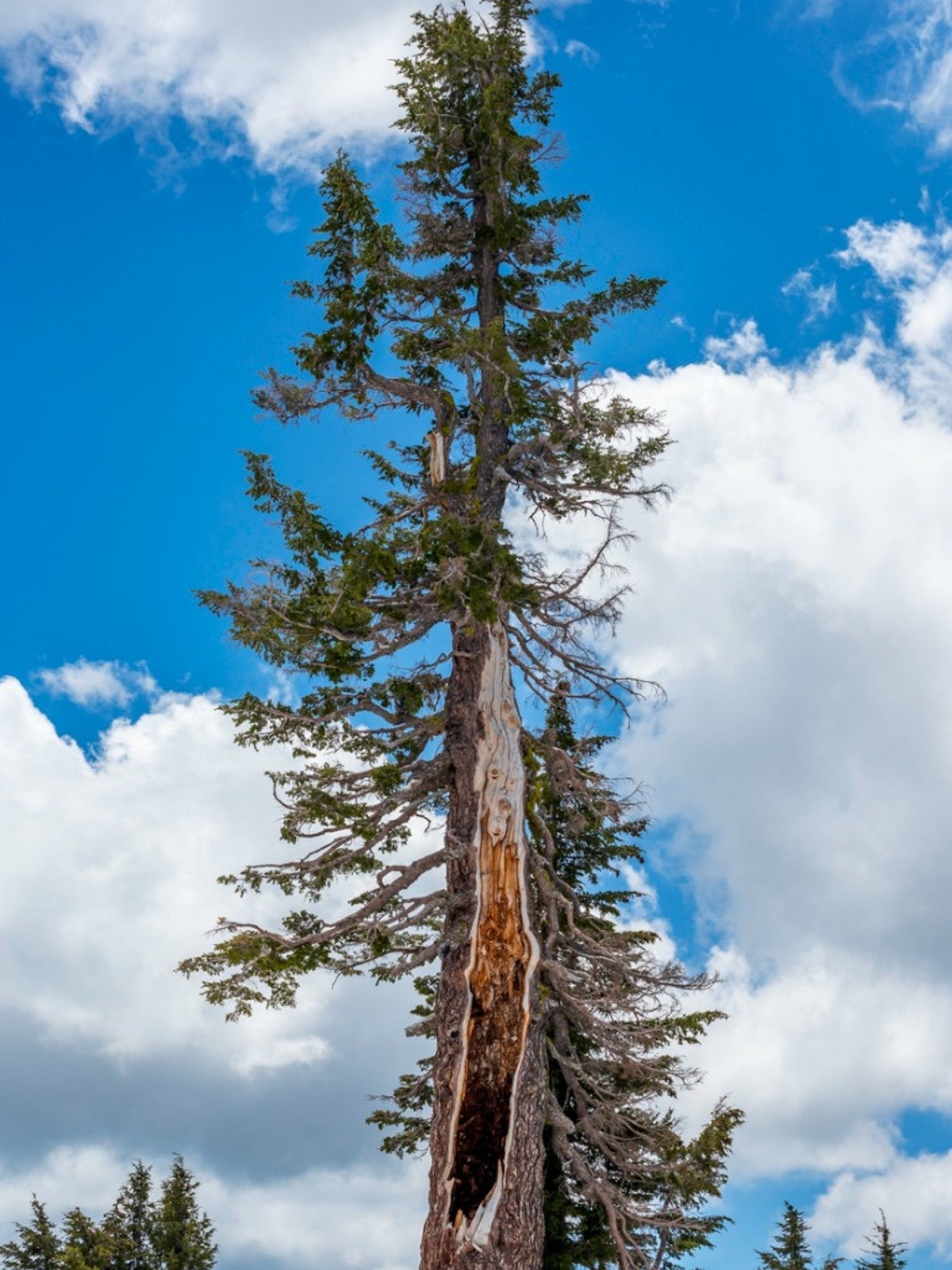 What Is A California Red Fir - Abies Magnifica Info
What Is A California Red Fir - Abies Magnifica InfoIf you have a large property, you might consider growing one a California red fir. Read on for tips on California red fir care.
By Teo Spengler
-
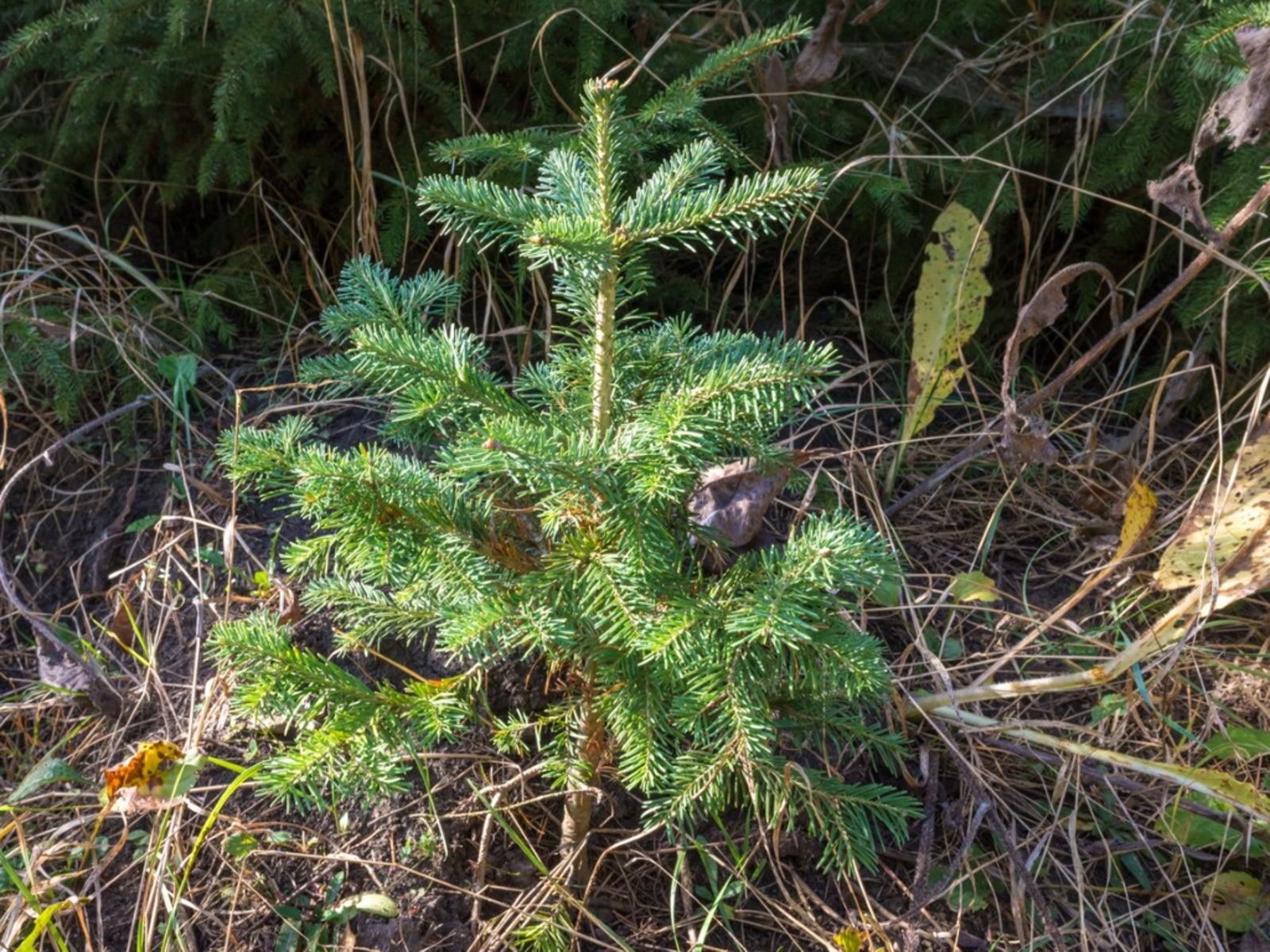 Subalpine Fir Tree Information – Learn About Subalpine Fir Growing Conditions
Subalpine Fir Tree Information – Learn About Subalpine Fir Growing ConditionsSubalpine fir trees are a type of evergreen with many common names. What are the uses for subalpine fir? Click to learn more.
By Teo Spengler
-
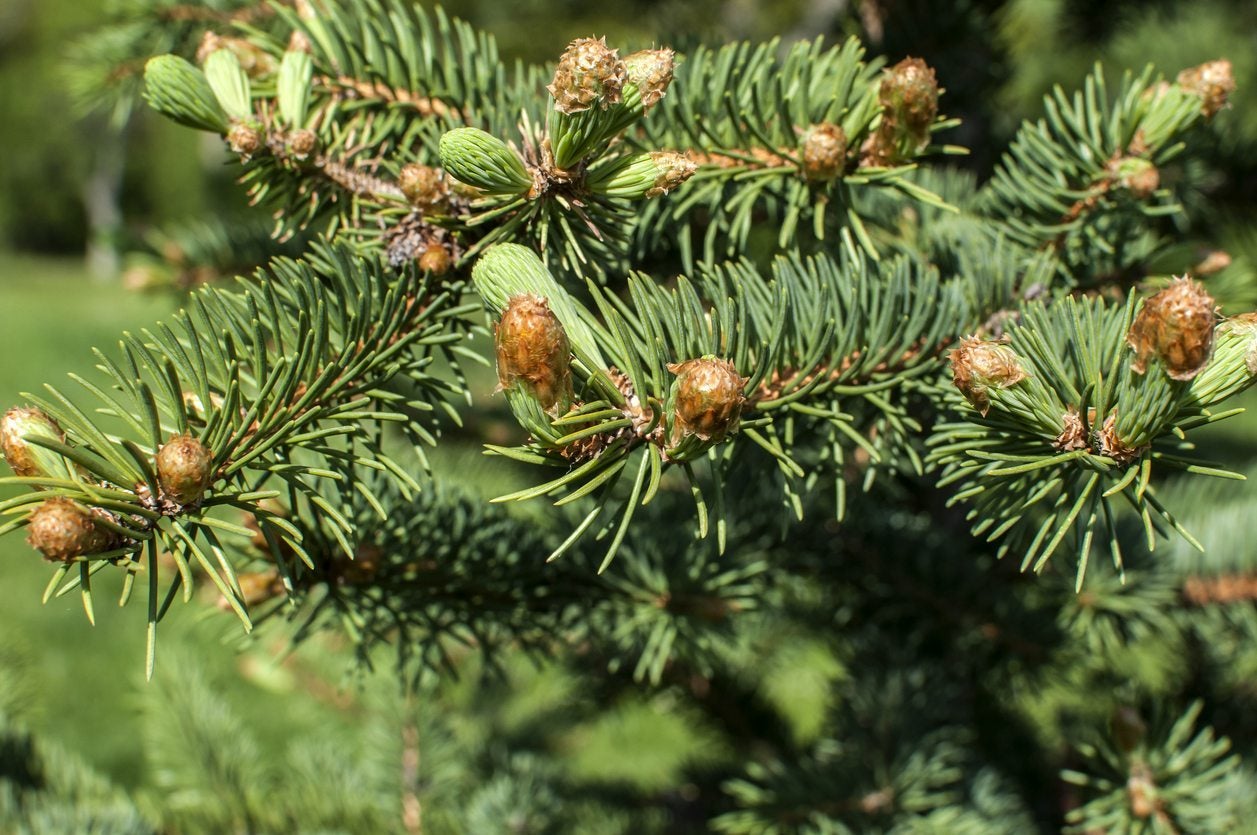 White Fir Facts: What Is A Concolor Fir Tree
White Fir Facts: What Is A Concolor Fir TreeConcolor white fir is a stately evergreen tree with a symmetrical shape, long, soft needles and an attractive, silvery blue-green color. Concolor white fir is often planted as a striking focal point and is especially appreciated for its winter color. Learn more about it in this article.
By Mary H. Dyer
-
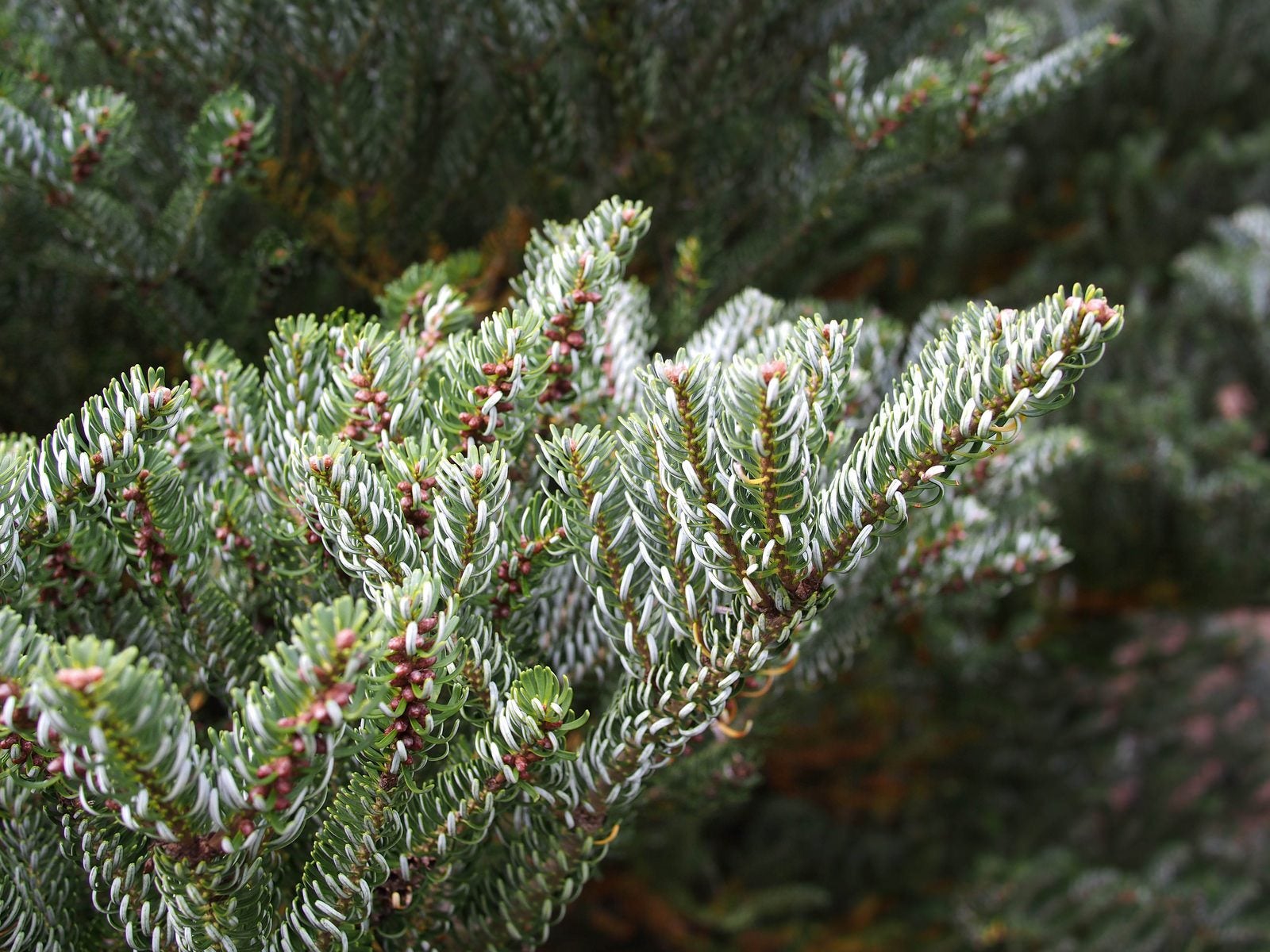 Korean Fir Tree Information – Tips On Growing Silver Korean Fir Trees
Korean Fir Tree Information – Tips On Growing Silver Korean Fir TreesSilver Korean fir trees are compact evergreens with very ornamental fruit. They grow to 20 feet tall (6 m.) and thrive in USDA plant hardiness zones 5 through 7. For more silver Korean fir tree information, including tips on how to grow a silver Korean fir, click here.
By Teo Spengler
-
 Douglas Fir Tree Care: Tips On Planting A Douglas Fir Tree
Douglas Fir Tree Care: Tips On Planting A Douglas Fir TreeDouglas fir trees also known as red firs, Oregon pines and Douglas spruce. However, these evergreens are not pines nor spruce nor true firs either. But they are tall, beautiful conifers. For information about growing Douglas firs, click this article.
By Teo Spengler
-
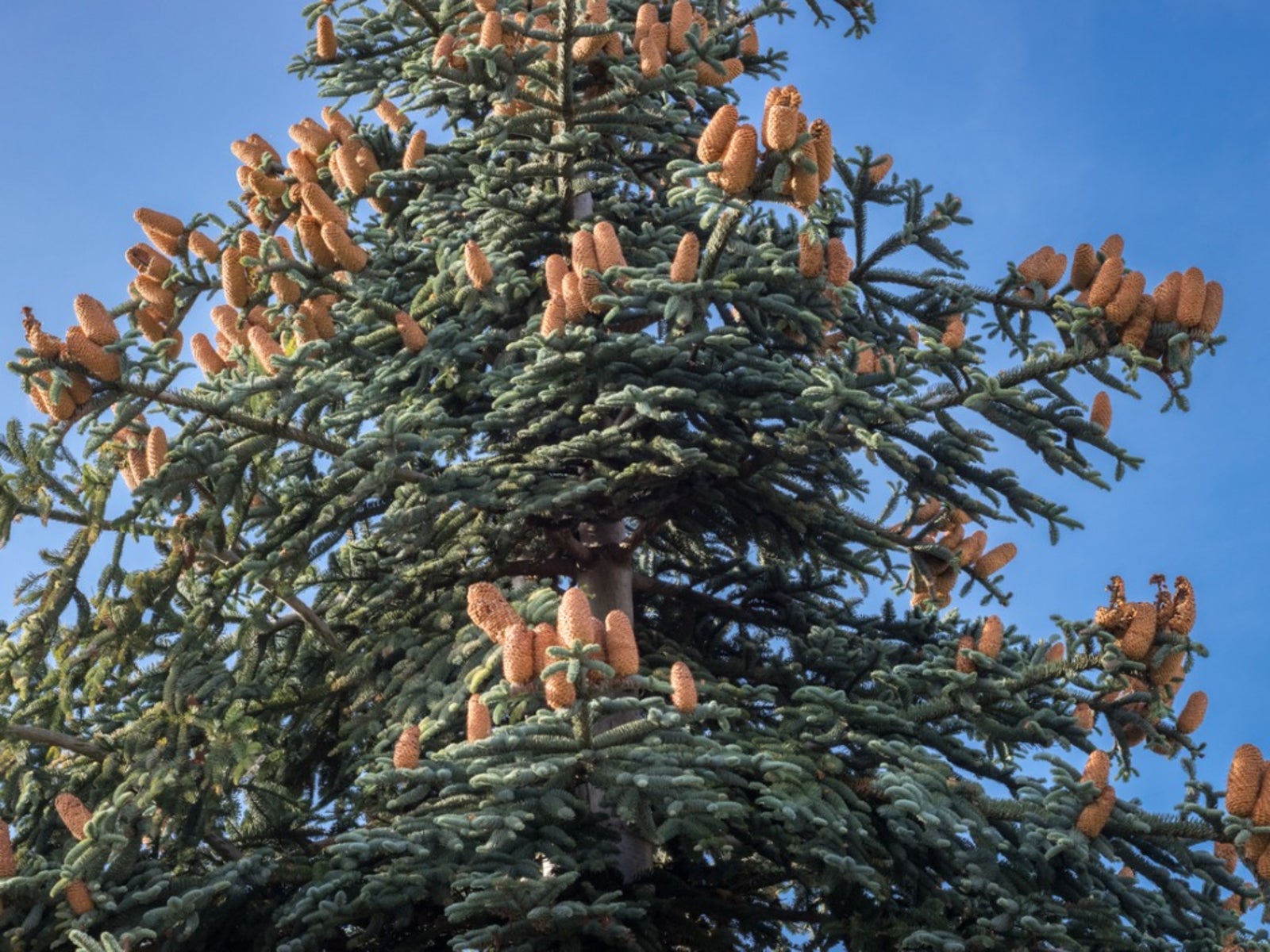 Noble Fir Information: Caring For Noble Firs In Landscapes
Noble Fir Information: Caring For Noble Firs In LandscapesNoble firs are extremely attractive evergreen trees and the largest native firs in America. Planting a noble fir isn't difficult in the correct hardiness zones. Click on the following article for more noble fir information and tips on caring for noble firs.
By Teo Spengler
-
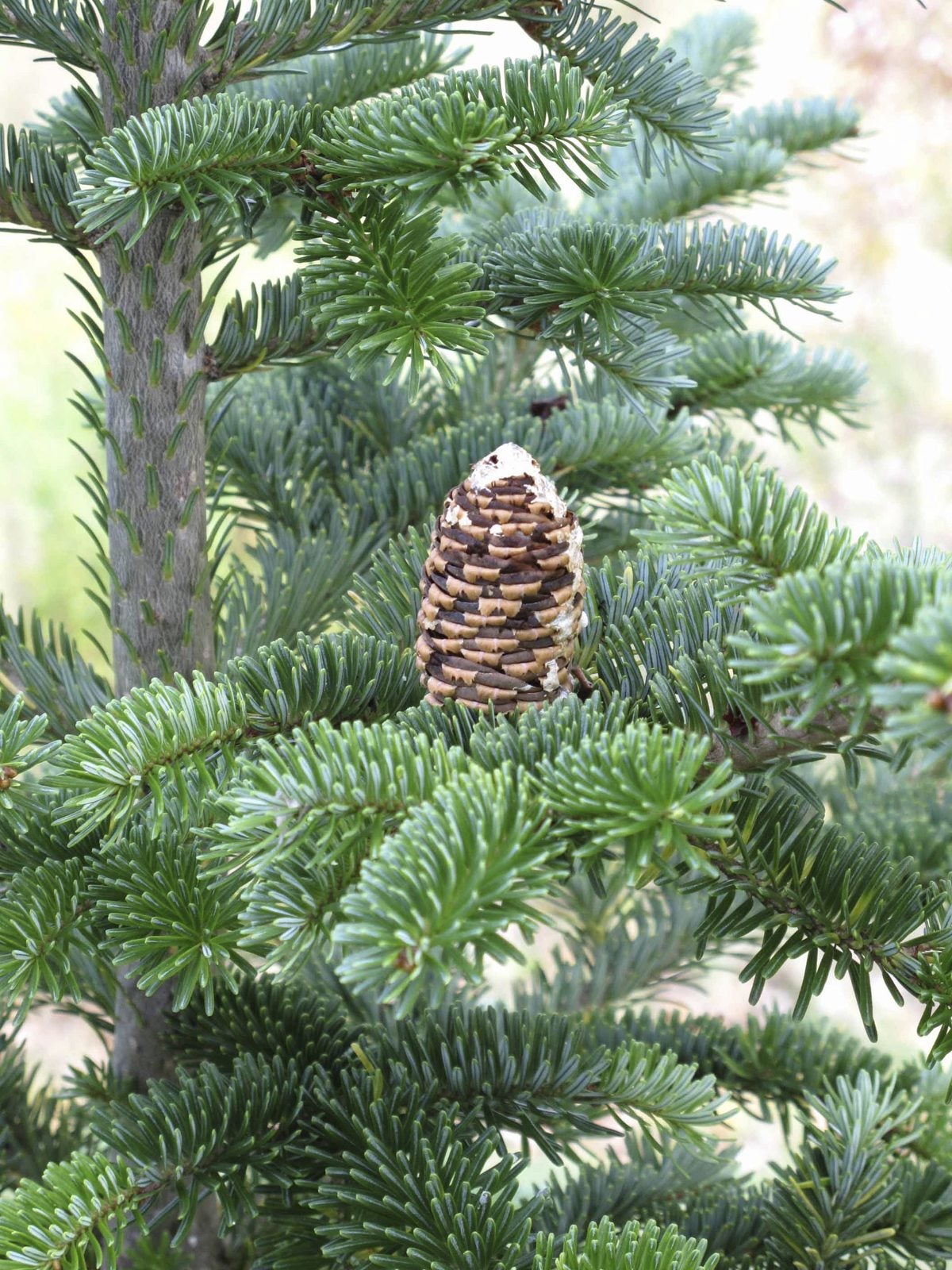 Fraser Fir Tree Care: How To Grow A Fraser Fir Tree
Fraser Fir Tree Care: How To Grow A Fraser Fir TreeThe fragrance of a Fraser fir immediately brings to mind the winter holidays. Have you ever thought of growing one as a landscape tree? Click this article for tips on Fraser fir tree care.
By Jackie Carroll
-
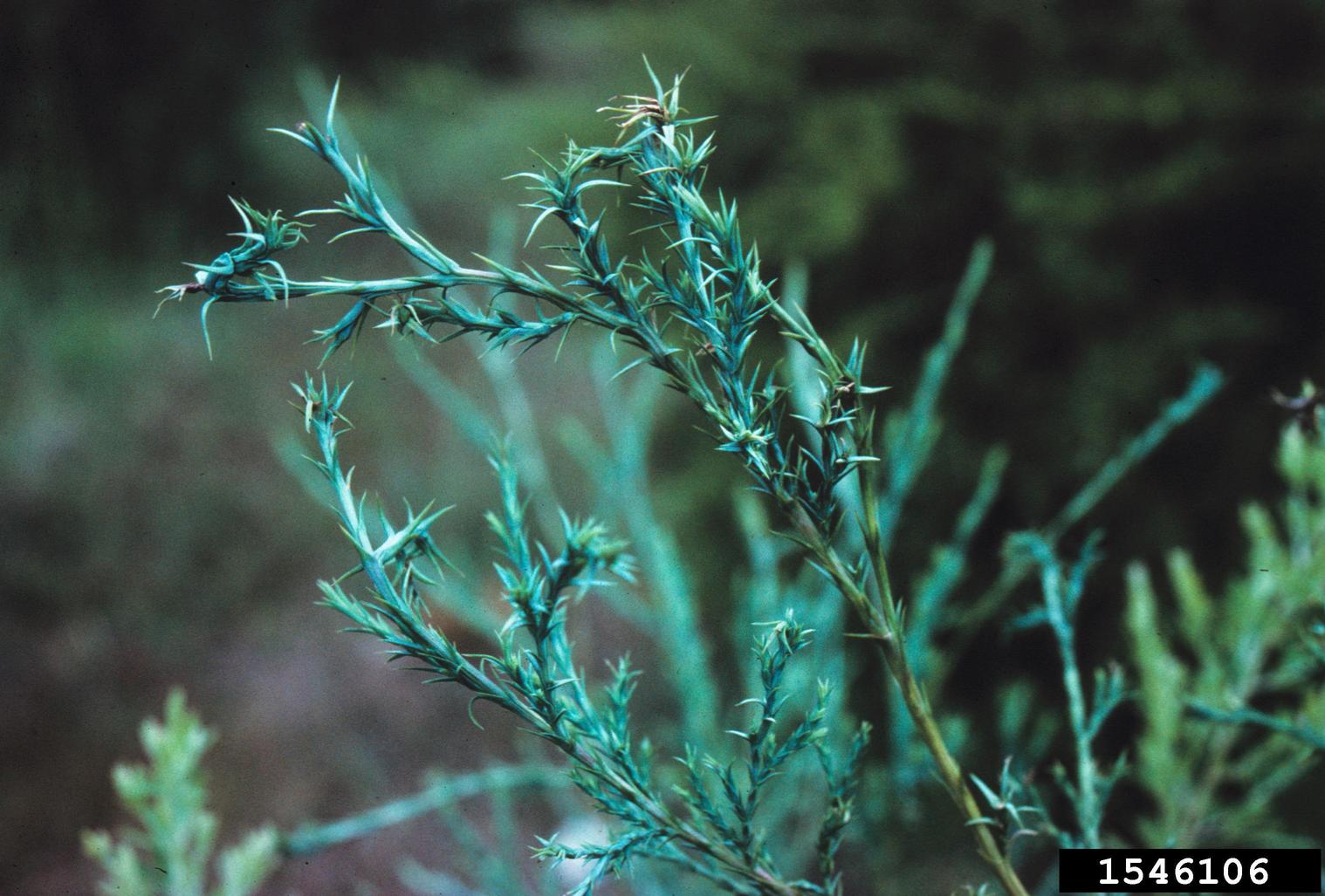 What Are Rosette Bud Mites – Learn About Bud Mite Symptoms And Control
What Are Rosette Bud Mites – Learn About Bud Mite Symptoms And ControlFraser firs may succumb to rosette bud mites. What are rosette bud mites and what methods of rosette bud mite control are there for the grower? The following article contains answers to these questions and other information on rosette bud mites.
By Amy Grant